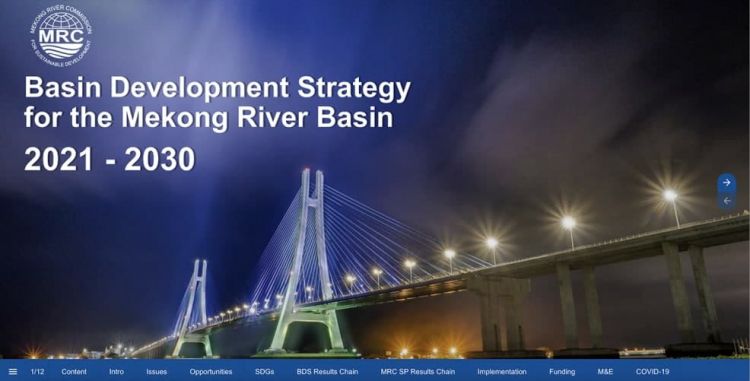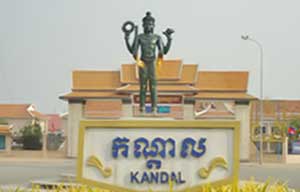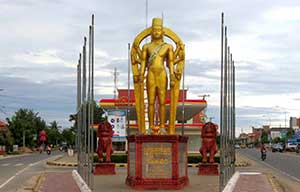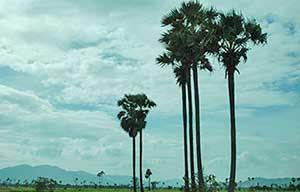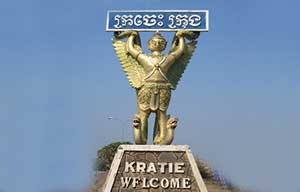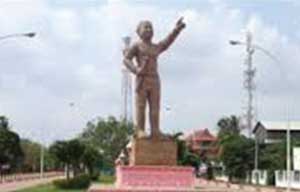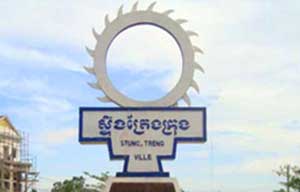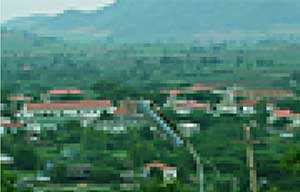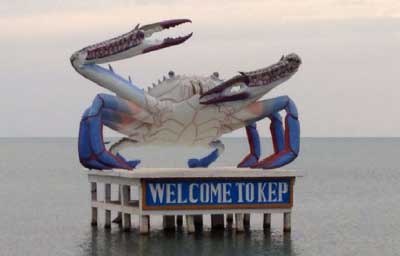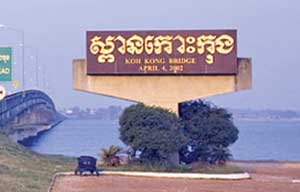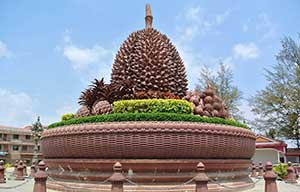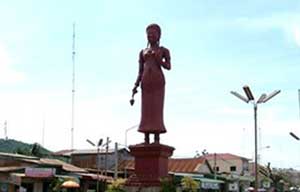The Mekong River Commission (MRC) released a ten-year basin development strategy and a five-year strategic plan Monday to address challenges and improve the state of the basin.
In a statement released in Vientiane, the MRC said it expected to spend more than US$60 million on the strategic plan over the next five years. It said about 40 percent of the funds would come from the four MRC members — Cambodia, Laos, Thailand and Vietnam.
The statement said the separate strategy for 2021 to 2030 had been approved by the MRC Council, comprising water and environment ministers from the four countries.
“The strategy is aligned with the Mekong governments’ priorities and needs for achieving a stronger and more resilient Mekong River Basin through proactive planning and coordinated management,” said Dr An Pich Hatda, chief executive officer at the MRC Secretariat in Vientiane.
Dr Hatda said the strategy “ensures a balance between economic development and environmental protection.”
The MRC said the strategy’s five priorities were improved ecological functions for a healthy environment and productive communities; improved access to and use of water and related resources for community well-being; sustainability for inclusive growth; resilience against climate and disaster risks; and enhanced cooperation from a basin-wide perspective.
The strategy is based on assessments of “significant impacts caused by water and related resources developments and infrastructure, including dams, that have changed flow regimes, affecting sediment transport and magnifying bank erosion,” the statement said.
“These impacts have in turn led to a decline in natural fish populations, the degradation of environmental assets and floodplains, and the reduction in replenishment of the Mekong Delta.
“Climate change has further added to the severity of the impacts, bringing more uncertainties and risks, including frequent droughts and floods.”
The strategy includes “recommended measures that all national and regional stakeholders can implement to achieve its strategic priorities, including through their own initiatives and programmes,” it said.
“A new key direction for the MRC’s work will be to proactively assess and identify new storage options and new flow and environmental limits, and to recommend basin-wide joint investment projects that will have multiple benefits for flood management, drought relief, energy security, and environment protection.
“Work will also be carried out to ensure that new power generation plans consider the full range of viable generation sources, including the integration of water-energy options and the complementary use of wind and solar energy.
“These measures will increase sustainability while addressing potential climate risks,” it said.
The MRC will also “explore how the operations of water infrastructure projects throughout the basin should be coordinated to enhance their benefits and limit their adverse environmental impacts on the Mekong mainstream.”
The statement said the MRC had prepared five strategic plans and three basin development strategies since it was set up in 1995 — all with five-year timeframes.
The shift to a ten-year strategy “is driven by the need to align with the Sustainable Development Goals and the basin’s sustainable development needs and current water security issues,” the statement said.
It added that these could only be addressed at the basin scale through cooperation between all six riparian countries — the four MRC members plus China and Myanmar — and communities living in the Mekong region.
The strategy “can only be achieved when all relevant actors work together for a Mekong River Basin that is economically prosperous, socially just, environmentally sound, and climate change resilient,” it said.


